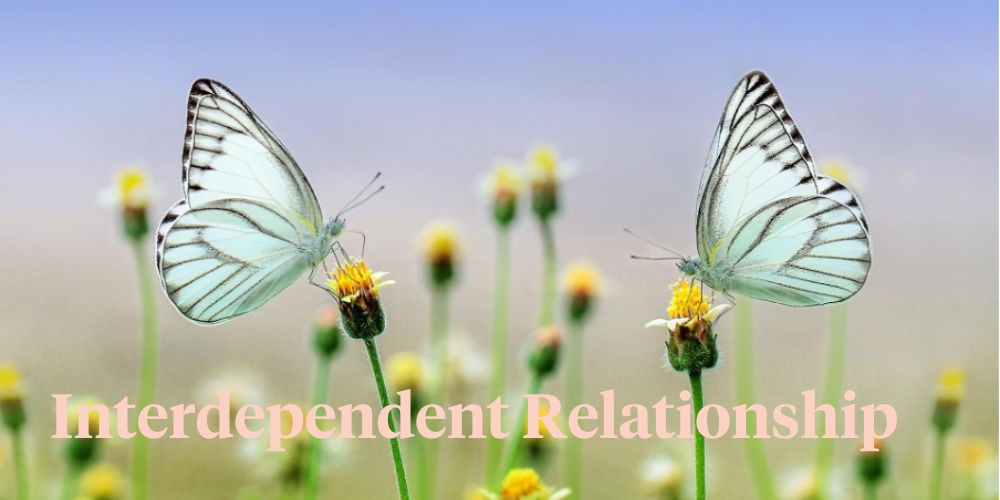The planet we live on has an immense beauty that waits for us to discover it. Everywhere we go on this planet, we can easily notice two main things: the flora and fauna specific to that place. Plants and animals are part of our lives and have been an essential part of history. They helped humanity evolve and grow and are essential parts of every ecosystem. Our life relies on the healthy connection between plants and animals, as they sustain life on Earth.
We have discovered, accepted, and named about 374,000 plant species and over two million animal species in the world. These numbers are huge and studies suggest that 80% of species are still undiscovered. Plants and animals rely on each other and are mutually interdependent.
Even though it may seem that in some cases this relationship between plants and animals is subtle, there are cases and examples when it is striking. Students who get an education in college and choose to study biology or zoology in university discover these subjects more in-depth. Even though online studying might have changed the learning process, they still take part in every course and write an essay on the interdependent relationship between Flora & Fauna.
So, let’s discover the ways animals and plants depend on each other.
What function do plants fulfill for animals?
To fully understand how plants help animals and vice versa, we need to analyze the relationship between them through the lens of their function. What function do plants fulfill for animals? What function do animals fulfill for plants? Well, this is an interesting topic.
Plants are everywhere and they can take many forms, from weeds to flowering plants, or trees. They provide a shelter for many animals; a few examples would be bears, foxes, rabbits, lions, parrots, monkeys, and many others. On top of this, the most important function would be that they are their source of food.
.jpg)
As plants are diverse, they take distinct forms and create different seeds. And here is where pollination enters the scene. Pollen grains have to be transported from male flowers to female flowers. Some plants are self-pollinating, but most of them need cross-pollination to reproduce. This means that another species takes the pollen grains and transports them to the female flowers, and here is the part where animals enter the stage. Birds such as hummingbirds and insects such as bees fulfill this function for plants.
Zoology science is interesting and it helps students understand how the environment works. Given the current state of the climate and environment, there are pressing threats that affect the life of flora and fauna. The animal bill of rights is one of the topics discussed both in educational settings and in the media. There are free essay examples you can find online to gather more resources on the rights of animals in the wild.
Even the animals who do not graze benefit from this, as they eat the animals who do it. The example of lions hunting antelopes is a good enough one. About 32% of the animals are herbivores, so plants represent an essential source of food for both predators and herbivores. We cannot stop but mention a lot of other benefits plants have for the environment we all live in, such as purifying the air and supplying us with the oxygen we need.
But what function do animals have for plants? Well, here we can discuss two main topics: dispersing seeds and pollination. The goal of plants is to create offspring for the next generation, and they do this by creating seeds.
However, even though seeds are usually transported by air if they are light, it doesn’t always work that way. Animals disperse seeds in two ways: they either bury them (as is the case of squirrels) or excrete them (as in the case of birds who eat fruits).
.jpg)
Are Animals Food for Plants?
Animals eat plants to survive, but do plants eat animals? Well, this is an interesting topic to take a look into, but it seems that there are unusual plant species that might do exactly this. Predatory plants or how are known, carnivorous plants, trap and consume animals, especially insects. Biology research has shed more light on this topic, so it seems that animals fulfill the same function as plants do for them: they are a source of food.
Given the fact that climate change is a pressing issue, that humanity has to find solutions for it, we can easily see that some species are already threatened with extinction. In all this environment of negative news and pessimism, you may ask yourself: is the existence of certain animal species important?
What happens if bees disappear, for example? Well, all plant and animal species are vital for the ecosystem. If bees would disappear, the entire life on Earth would be affected. Without pollination, plants do not reproduce, so the scarcity of food available will increase. Each plant and animal have their role in the ecosystem. Even when animals die, they become an essential source of food for insects such as beetles, and nutrients for the soil. That goes right to the roots of plants and the plant itself.
Final Thoughts
Protecting the environment and all ecosystems is mandatory for ensuring a healthy future for the next generations. Caring for the planet and adopting sustainable behaviors are essential for creating the perfect environment for plants and animals to live in.
They are in a mutually interdependent relationship that ensures each species' success. Plants are a source of food and shelter for animals, while animals help plants reproduce by dispersing seeds and pollination. But they can also be a source of food for predatory plants. Nature is fascinating and it never stops to amaze us, so we need to protect it at all costs.




